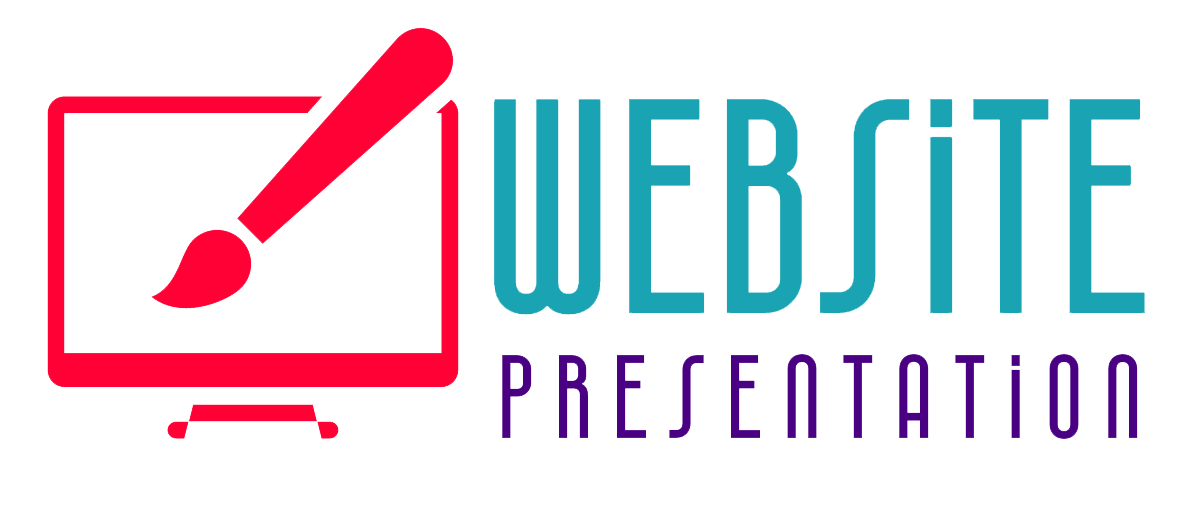When it comes to web design, the client’s needs and preferences should always be at the forefront. The initial proposal meeting is a crucial time to gather information and understand the client’s pain points. By identifying these pain points during the initial proposal meeting, you can tailor your approach and provide solutions that meet the client’s specific needs. This then sets the foundation for a successful project.
Why Identifying Pain Points is Crucial
Identifying the client’s pain points allows you to gain a deeper understanding of their business goals and objectives. It helps you align your design strategy with their needs, ultimately leading to a more effective and successful website.
By addressing the client’s pain points, you demonstrate that you genuinely understand their challenges and are committed to finding solutions. This then builds trust and credibility, making it more likely that the client will choose you for their web design project.
Common Pain Points
- Visual Appeal: In today’s digital age, aesthetics play a key role in attracting and retaining website visitors. By discussing the client’s preferences in terms of colors, typography, and overall design style, you can address their concerns and propose a visually engaging solution.
- User-Friendliness: Visitors should be able to easily navigate through a website and find the information they need without any hassle. By discussing the client’s target audience and their specific needs, you can propose a user-friendly design that makes it easy for visitors to find what they’re looking for.
- Website Performance: A slow-loading website can negatively impact user experience and deter potential customers. By discussing the client’s expectations in terms of website speed and performance, you can propose optimization strategies such as image compression, caching, and code optimization.
- Responsiveness: In today’s mobile-dominated world, it’s crucial for websites to be responsive and adapt to different screen sizes. By discussing the client’s target audience and their device preferences, you can propose a responsive design that ensures a seamless user experience across all devices.
- Security: With increasing cybersecurity threats, clients want their websites to be secure and protected against potential breaches. By discussing the client’s security concerns and proposing measures such as SSL certificates, regular backups, and secure hosting options, you can address their pain points and provide them with peace of mind.
- Budget: During the initial proposal meeting, it’s important to have an open and honest discussion about the client’s budget limitations. By understanding their financial constraints, you can propose a web design solution that meets their needs while staying within their budget.

How to Uncover and Address Your Client’s Pain Points
During the initial web design proposal meeting, it’s important to establish a clear line of communication with the client. This involves actively listening to their concerns, asking the right questions, and understanding their goals. By doing so, you can gain valuable insights into their pain points and tailor your proposal accordingly.
1. Actively Listen and Ask the Right Questions
Take the time to truly understand what the client is saying and pay attention to their tone and body language. Ask open-ended questions that encourage them to share their pain points and elaborate on their challenges. For example, you can ask questions like:
- What are the current limitations or frustrations you are experiencing with your current website?
- How does your website support your business goals, and what areas do you feel are falling short?
- Are there any specific features or functionalities that you believe are critical for your new website?
By asking these types of questions, you create an environment where the client feels comfortable opening up and discussing their pain points honestly.
2. Dig Deeper
Sometimes, the client may not explicitly state their pain points during the initial meeting. It is essential to dig deeper and ask follow-up questions to uncover any hidden pain points. For example:
- Can you tell me more about the impact your current website has on your business operations?
- What feedback have you received from your customers or website visitors regarding your current website?
- Are there any specific business goals or targets you hope to achieve through your new website?
By delving deeper into these areas, you can uncover pain points that the client may not have initially realized or considered.

3. Analyzing Current Website
If the client already has an existing website, take the time to analyze it thoroughly. Identify any design flaws, usability issues, or functionality gaps that might be causing pain points for the client. By pinpointing these pain points, you can propose specific solutions to address them effectively.
4. Understanding Target Audience
By understanding who the website is intended for, you can better grasp the challenges the client might be facing. Conduct thorough market research and identify the needs, preferences, and pain points of the target audience to align the website design with their requirements.
5. Provide Tailored Solutions
Once you have identified the client’s pain points, it’s time to propose tailored solutions. Showcase your expertise and explain how your web design approach will address their specific challenges. Highlight the benefits and outcomes the client can expect from your proposed solutions. This demonstrates that you have listened attentively and have developed a customized strategy to meet their needs.
6. Maintain Open and Continuous Communication
Identifying the client’s pain points is not a one-time activity. It should be an ongoing process throughout the web design project. Regular communication and feedback loops allow you to address any new pain points that arise and make necessary adjustments to your design strategy. By maintaining open lines of communication, you can ensure that the client’s pain points are continually addressed, leading to a successful outcome.
The Bottom Line
In conclusion, identifying the client’s pain points during the initial web design proposal meeting is crucial for a successful project. It helps you understand their challenges, align your strategy with their needs, and provide tailored solutions. This not only builds trust and credibility but also leads to a website that truly meets the client’s objectives and exceeds their expectations.







